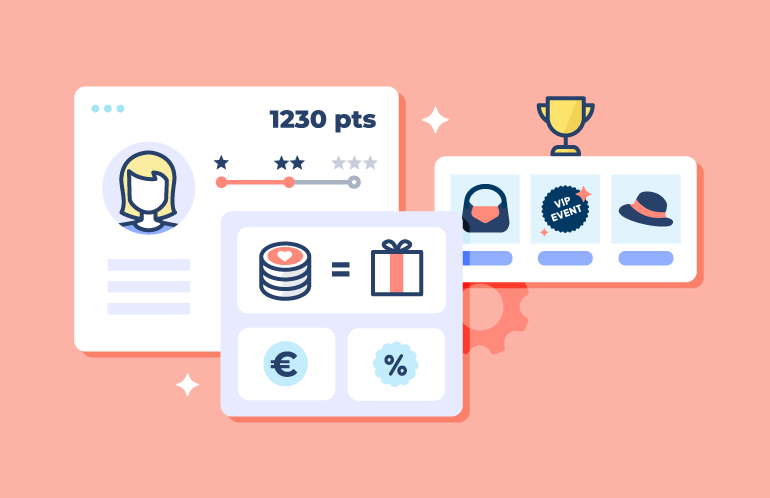How to integrate your loyalty program into your CRM?


Category: Loyalty
The adage that it's six times cheaper to sell to an existing customer than to prospect for new ones particularly resonates in the world of e-commerce. While customer loyalty is one of the strategies companies have devised to address this issue, it remains a complex process, even with the assistance of customer relationship management (CRM) software. Exploring in detail the strategies for skilfully integrating a loyalty program with a CRM, such as Splio Loyalty, is therefore essential to optimizing this aspect.
Successfully integrating a loyalty program with a CRM is becoming an essential key to navigating the challenges of the digital world. This goes beyond the simple coexistence of the two tools, involving a harmonious fusion of data and processes. This combination enables a deeper understanding of the customer, providing a solid foundation for targeted loyalty initiatives.
In the dynamic world of customer management, the customer file is emerging as an essential resource, especially when closely linked to CRM. This synergy makes it possible to consolidate a multitude of customer data, from contact details to purchasing behavior, creating a holistic vision of the customer journey. Once this information has been carefully selected and collected in compliance with the RGPD, it becomes the foundation on which to build relevant marketing actions to strengthen loyalty and refine sales prospecting.
The power of the customer file lies in its ability to intelligently feed a loyalty program integrated with CRM. By harnessing customer data, it becomes possible to implement precise strategies, offering rewards tailored to individual buying behaviors and preferences. This personalization reinforces and enhances the customer experience, stimulates loyalty and, ultimately, maximizes sales.
Once the customer record has been integrated, information such as points accumulated, rewards available and purchase histories should be used to feed in-depth personalization of offers. For example, if a customer has regularly purchased products in a specific category, the CRM can suggest rewards or exclusive offers or benefits in that category, thus reinforcing engagement and loyalty.
It's important to point out that the rewards in question must evolve to remain effective. Beyond simple transactional mechanics, programs need to take into account varied interactions with brands, such as reviews, content sharing, referrals and recommendations. Rewards must also keep pace with this evolution, becoming personalized, digital and immediately accessible. Offering consumers the freedom to choose their rewards, whether immediate pleasure, waiting to accumulate credits, or contributing to a wider project, is becoming a key criterion.
Finally, rewards must transcend the purely financial, offering unique experiences and benefits with high emotional value. By creating an emotional bond, companies build lasting, profitable relationships. According to a Temkin Group study published on E-marketing.fr, consumers are 7.1 times more likely to buy if they have a positive emotion towards a brand. So, by prioritizing emotional rewards and experiences over a purely financial approach, companies build strong bonds of attachment with their customers, reinforce brand preference and open up new opportunities for growth.
Agility is imperative for the long-term success of integrated loyalty programs. Adopting a proactive approach to changes in purchasing behavior, consumer preferences and technological advances is the guarantee of better customer retention. To achieve this, it's crucial toinstill a culture of continuous innovation, keeping an eye out for new opportunities and constantly adapting programs to stay relevant.
Constant monitoring of emerging data, customer feedback and program performance helps identify any necessary adjustments. A robustanalytical dashboard, integrated with customer relationship management, becomes a powerful ally in assessing the effectiveness of loyalty strategies in real time. By keeping a finger on the pulse of the market, companies can anticipate changes, respond rapidly to customer needs and foresee emerging trends.
The successful integration of a loyalty program with a CRM creates a powerful duo for customer loyalty. Together, loyalty program and CRM become strategic levers, not only for retaining existing customers, but also for transforming them into loyal ambassadors of your brand. The title of this article, "How to integrate your loyalty program with your CRM", thus extends beyond mere technical implementation. It becomes an invitation to continually rethink loyalty strategy in an ever-changing context. Companies that embrace agility and continuous change by adjusting their integrated loyalty programs not only maintain robust customer loyalty, but also remain competitive.
Contents